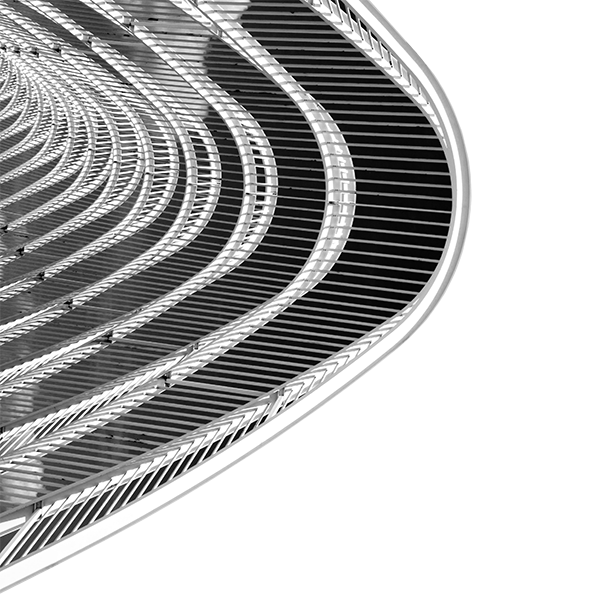EMI from a Slot in a Box
By Cody Weber and Bryon Neufeld
Benchmark Simulation Using EMA3D®
It is important to demonstrate that EM simulation packages can reproduce measured data for problems of interest. EMI from a slot is a common EMC concern. This demonstration compares an EMA3D® simulation to an existing measurement in the literature.
The electromagnetic interference (EMI) from a slot in a rectangular box has been explored using a FDTD technique and compared to measurements.[1] An FDTD simulation software, EMA3D®, has been used to analyze a similar problem and the results are presented herein. The simulation files, results and plotting scripts have been provided to assure the validity of the EMA3D® modeling results.
EMA3D Model Setup
Mesh size: Δx = 1 cm, Δy = 0.5 cm, Δz = 1 cm
A thin wire with termination impedances of R1 = 50 Ω, and R2 = 47 Ω was used to model the source line (green line). A thin gap formalism was used to model the slot (blue line) with a width of 1 mm. Box surfaces (Lx = 22 cm, Ly = 14 cm, Lz = 30 cm) were modeled as perfect electrical conductors (PEC). A Gaussian pulse voltage source with amplitude 1 mV was used at the R1 end of the thin wire.
EMA3D® Simulation Setup
A far-field electric field approximation was used to determine the electric field at a 3 m distance from the slot in the benchmark.[1] EMA3D® has the ability to obtain far-field approximations similar to the ones performed in the paper. Because the problem is relatively small for the computing resources available, the actual electric field was computed at the 3 m distance. Only the y component of the electric field was considered.
EMA3D® Results Vs. Results in Benchmark [1]
The plots demonstrate that the EMA3D® simulation results compare well to the benchmark results. Every cavity-mode and slot generated resonance produced in the benchmark problem is captured in the EMA3D® results for delivered power and electric field at 3 m.
Instruction Document to Reproduce the Results
1.M. Li, J. Nuebel, J. L. Drewniak, R. E. DuBroff, T. H. Hubing, T. P. Van Doren, “EMI from Cavity Modes of Shielding Enclosures – FDTD Modeling and Measurements,” IEEE Transactions on Electromagnetic Compatibility, Vol. 42, No. 1, pp. 29 – 38, Feb. 2000




